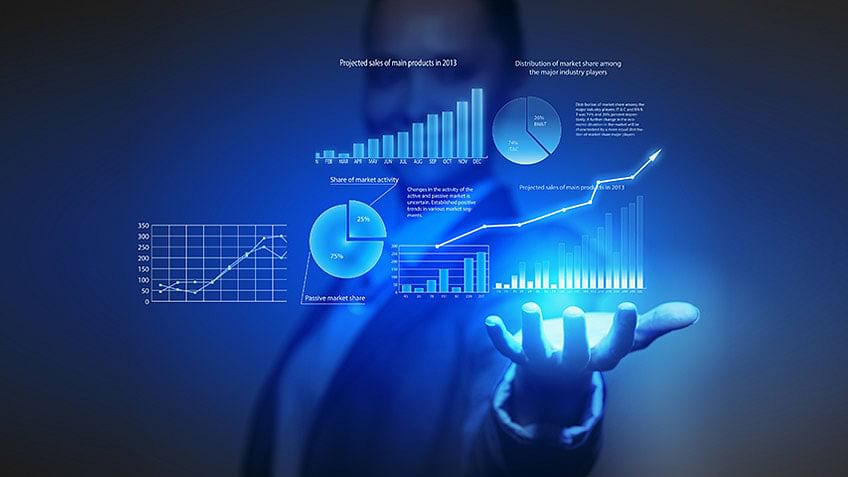Unlock Service Insights With Advanced Analytics Devices
In today's data-driven landscape, the capability to unlock business understandings through sophisticated analytics tools is ending up being increasingly critical for organizations looking for a competitive side. What are the key factors to consider that companies must deal with to efficiently harness these advanced analytics capacities?
Importance of Advanced Analytics

Additionally, the affordable landscape demands that organizations not only respond to market adjustments however likewise anticipate them. Advanced analytics empowers organizations to recognize client preferences, improve functional effectiveness, and reduce risks effectively. By leveraging these devices, organizations can enhance their decision-making procedures and drive advancement.
On top of that, the integration of innovative analytics promotes a culture of continual enhancement, where organizations can improve their methods based on empirical proof. As industries such as finance, medical care, and retail progressively depend on information to inform their procedures, the significance of innovative analytics will just remain to expand, making it a crucial component for sustained success in today's data-driven economic situation.
Secret Features of Analytics Equipment
Advanced analytics tools are defined by a series of necessary features that boost their effectiveness in data evaluation and decision-making (Analytics). One of the crucial attributes is data assimilation capability, which permits smooth aggregation of information from various sources, assisting in extensive evaluation. This ensures that companies have an all natural view of their data landscape
In addition, advanced analytics tools commonly include robust analytical and anticipating modeling capabilities. These functions allow companies to forecast trends and determine patterns, bring about more informed calculated choices. Visualization devices are also essential, supplying instinctive graphical representations of data, which streamline intricate details and make understandings more easily accessible to stakeholders.
Another essential element is the unification of machine knowing formulas, which boost the ability to analyze big datasets and reveal hidden insights without explicit programming. Furthermore, easy to use user interfaces enable non-technical customers to utilize these devices effectively, democratizing data gain access to across the organization.
Sorts Of Advanced Analytics
While different sophisticated analytics methods exist, they can normally be categorized into several key types that offer distinct purposes within organizations.
Detailed analytics concentrates on summing up historic data to identify trends and patterns. It gives understandings into what has taken place in the past, allowing organizations to make informed choices based upon empirical evidence.
Anticipating analytics, on the various other hand, makes use of analytical formulas and maker learning strategies to forecast future results based on historical information. This type is specifically helpful for risk analysis and demand projecting, allowing services to prepare for possible challenges and possibilities.
Prescriptive analytics goes an action further by advising activities based on anticipating insights. Analytics. It uses optimization and simulation strategies to suggest the very best strategy, ensuring that companies can make data-driven choices with confidence
Application Approaches
Successful application approaches for sophisticated analytics are critical for organizations seeking to harness the more complete possibility of their data. To start with, a clear roadmap needs to be developed that aligns analytics efforts with overall service purposes. This requires a deep understanding of organizational goals and the certain inquiries analytics can answer.
Next, buying the ideal modern technology and tools is important. Organizations must review readily available platforms for scalability, ease of use, and combination abilities with existing systems. This makes sure that information can be accumulated, processed, and assessed successfully.
Moreover, fostering a data-driven culture is vital. Training employees on analytics tools and approaches empowers them to utilize insights effectively in decision-making. Engaging stakeholders across divisions can promote buy-in and urge cooperation, boosting the total success of analytics jobs.
Furthermore, organizations ought to prioritize data top quality and administration. Applying durable data management practices ensures that the understandings produced are precise and reputable. Constant evaluation and model of analytics procedures allow companies to adapt to changing service requirements and technical improvements, ultimately driving continual value from their analytics campaigns.
Future Patterns in Analytics
As organizations apply robust analytics approaches, it is critical to stay knowledgeable about the progressing landscape of analytics technologies and techniques. Future patterns in analytics are positioned to transform just how companies acquire insights, enhance operations, and drive decision-making.

One more pattern is the increase of enhanced analytics, which automates information prep work and understanding generation, lowering the dependence on information professionals. This democratization of analytics encourages staff members in all degrees to utilize information in their duties.
In addition, the change in the direction of real-time analytics will allow organizations to respond swiftly to market changes and customer choices, boosting dexterity and competitiveness. As data privacy regulations become extra rigorous, analytics remedies will certainly likewise need to prioritize moral data use, making sure compliance while maintaining durable understanding generation. Accepting these trends will certainly be crucial for companies looking for to preserve an one-upmanship in a progressively data-driven world.
Verdict
In conclusion, advanced analytics devices play an essential function in changing data right into workable insights, driving calculated development and operational effectiveness throughout organizations. Efficient execution strategies guarantee that these devices are incorporated into organizational procedures, while arising trends suggest an ongoing advancement in analytics special info capabilities.
Advanced analytics includes a collection of strategies, consisting of predictive modeling, device discovering, and information mining, which make it possible for companies to discover patterns, projection fads, and maximize procedures.
Successful implementation techniques for sophisticated analytics are critical for companies looking for to harness the full potential of their data. Continuous assessment and version of analytics processes enable companies to adapt to altering service demands and technical innovations, inevitably driving continual worth from their analytics campaigns.
As information personal privacy guidelines end up being a lot more rigid, analytics options will certainly likewise need to prioritize ethical data use, making try this web-site certain conformity while preserving robust insight generation.In conclusion, advanced analytics devices play a critical duty in changing data into workable understandings, driving calculated growth and operational performance throughout companies.